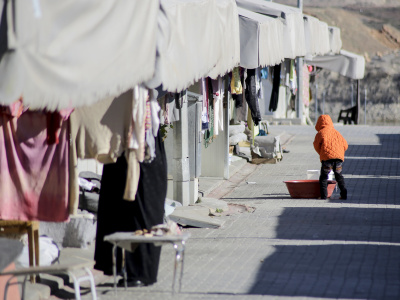
Migration and the next EU long-term budget: Key choices for external action
The rising number of asylum seekers and irregular migrants has influenced the European Commission proposal for the 2021-2027 budget. In this paper, Anna Knoll and Pauline Veron explore the positions and issues at stake in the ongoing negotiations. What are the options and risks linked to the different possible decisions?
Summary
The rising number of asylum seekers and irregular migrants since 2015 has clearly influenced the European Commission proposal for the 2021-2027 budget. This paper explores the various positions and issues at stake in the ongoing negotiations and provides an overview of the options and risks linked to the different possible decisions.
One of the priorities for the Commission and its member states is to assure adequate levels of flexible resources for the external dimension of the EU’s migration policy in the future. The current Commission proposal broadens the possibilities for external action in some of the DG Home-administered funds while increasing funds and mainstreaming migration in the external instruments. The amounts of money, possible earmarking for migration as well as governance and coordination arrangements are sensitive elements in the negotiations. An important aspect is how the final budget will establish coherence and complementarity between internal and external funds.
Flexibility is another key priority in the Commission’s proposal, building on the experience of a stretched budget in recent years. Yet, with migration being a long-term challenge, it will be essential for the EU to strike the right balance between long-term strategic focus of EU funds – with a focus on sustainable development – and a budget that is flexible in crisis situations and can pursue the EU’s political priorities.
More on our work on the Multiannual Financial Framework in this dedicated dossier.





